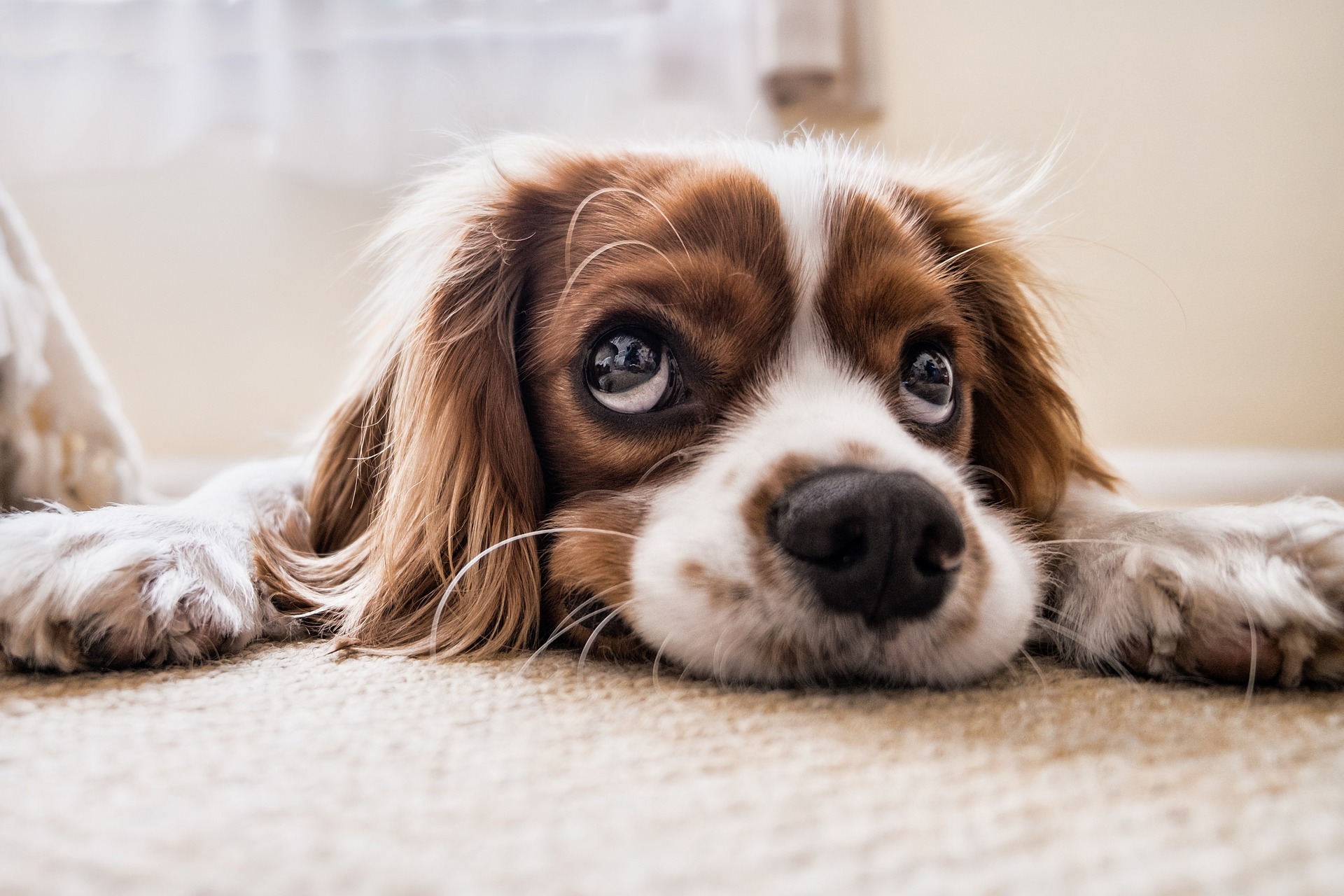The coronavirus pandemic forced millions of people to adjust to working from home with little notice. More than a year later, employers and employees are finding they like the arrangement enough to make it permanent. However, productivity is one aspect of working from home that can remain challenging. Most employees want to do their best work but must learn to manage a whole new set of distractions.
Clutter: The Surprising Home Office Distraction
Princeton University conducted a study early in the pandemic that indicated working in a cluttered home office can have a significant impact on productivity. Having too much clutter on the desk or even in the room draws people’s attention away from their work and increases their stress level. From stacks of papers to an ever-growing collection of coffee cups, working among clutter can cause even the most dedicated employee to fall behind.
The easiest way for work-at-home employees to not let clutter distract them is to refuse to allow it to pile up in the first place. Having a filing system and an inbox for papers can help, as can clearing the desk of beverage containers, food, and other personal items at the end of each workday. Emptying the trash often also helps to create a more professional home office environment.
Include Allowable Distractions and Exercise Equipment in the Home Office
Everyone’s brain needs a break once in a while, even if only for a few minutes. There is nothing wrong with at-home workers filling their desk with items that help to distract them for a few minutes such as a picture album or game application. Allowing a quick five-minute break to rest or engage the brain in another activity can boost productivity rather than harm it.
Setting up a treadmill, hand weights, or other exercise equipment in the working space can also be helpful. Sitting at a desk all day is not good for the body since human bodies need to move. Short exercise breaks help to build physical and mental stamina to re-energize for the rest of the day.
Be Sure to Separate the Home Office from Other Living Space
When people work in an area where they also go to relax, it can be difficult to separate their work life from their home life. Productivity experts recommend establishing an area in the home as far away from the goings-on of everyday life as possible. Setting up an office in an extra bedroom is ideal but not essential. People who do not have extra rooms available can always set up their office in unused basement space or a corner of a room used the least often by other people.
Set Boundaries Around Work Hours
It can be challenging for other people to understand that working from home does not mean having a wide-open schedule. Neighbors may stop by, people will ask the at-home worker to run errands, and friends will call or text just to chat. The simplest solution is not to answer the door or personal calls during work hours.
If people living in the home continue to cause distractions, the work-at-home employee will need to have a frank discussion about respecting their time and space. Children not old enough to understand the need for them not to interrupt a parent would likely do better with a sitter.
The work-at-home arrangement may take some trial and error, but it’s a trend that is here to stay.



